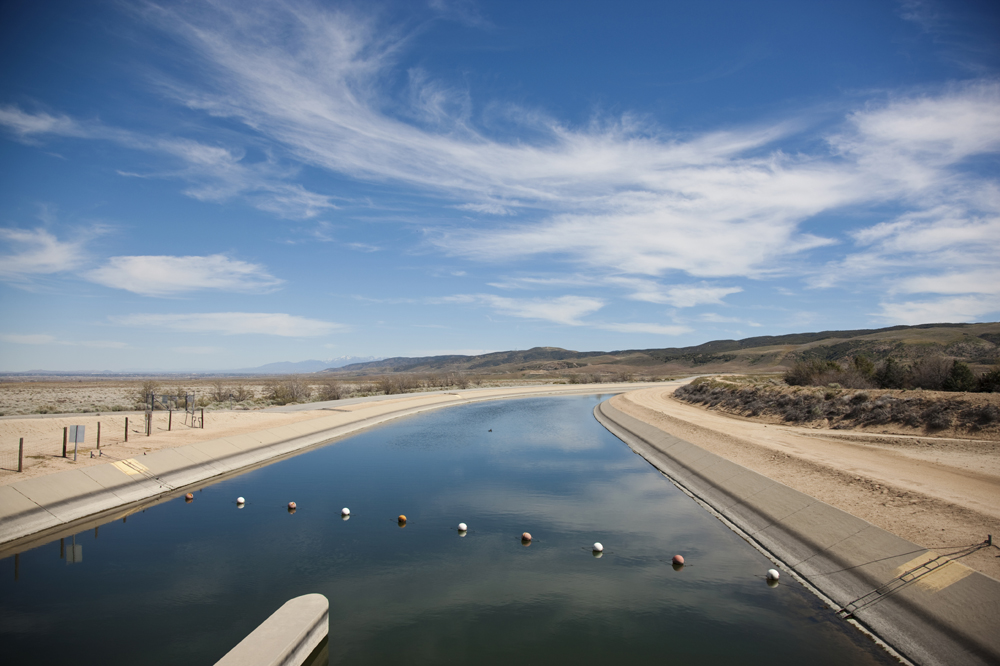
“After 2050, climate conditions shall be assumed to remain at 2050 conditions.”
Excerpt from draft regulations for Water System Investment Program, as approved by the California Water Commissioner December 16, 2015
On December 16, the California Water Commission, which is administering $2.7 billion in bonds for water storage projects, forwarded draft regulations guiding that expenditure to the Office of Administrative Law for public review. The draft regulations are wholly inadequate. Among the many problems is that the project managers will only need to calculate climate change impacts on the projects until 2050. This is deeply flawed. Surface and groundwater projects can be expected to last decades beyond 2050, and the impacts from climate change even longer. What this decision means is that projects that are disproportionately affected by climate change – such as new dams – will receive high scores, while those that make us more climate resilient – such as new groundwater storage – may not receive funding. How could a Commission charged with such an important task make such a blunder, just one week after the Paris climate change accord?
The allocation of $2.7 billion to storage projects was the most contentious part of the water bond (Proposition 1) approved by voters in 2014. This was because of the potential that this funding would be used to build environmentally damaging and costly dams. Additionally Proposition 1 is being appropriated without the legislative or budget oversight required of other funding sources. Instead, only the Water Commission will ensure that these funds are invested in a cost effective and environmentally beneficial manner.
Unfortunately, many of the current Commissioners seem unable or unwilling to act in the public interest. The approval of the weak final draft regulations came after months of public stakeholder meetings, two previous drafts, and a month after the Commissioners claimed that they would spend the December meeting fully vetting the draft regulations. But only one Commissioner, Paula Daniels, came prepared to do her job. The remaining Commissioners (excluding Commissioner Herrera, absent for a family emergency) provided a variety of excuses including
- Not reviewing meeting materials in advance;
- A reluctance to make edits at a public meeting (after promising at prior meetings to do just that)
- The inability of three commissioners to stay for the entire meeting, resulting in a loss of quorum and the inability to continue the hearing.
- An expressed interest in accepting staff recommendations with no changes.
Commissioner Daniels, visibly frustrated at her fellow commissioners’ lack of preparedness, insisted on reviewing and seeking a vote on each of her proposed changes and was able to make some changes. However most of her edits, including those related to the impacts of climate change, were rejected.
These commissioners will be responsible for handing out $2.7 billion in taxpayer funds beginning in 2017. Yet they can’t follow their own governor’s lead in requiring careful climate change planning, and they can’t be bothered to attend a full meeting before the public or review material to prepare. How can we trust these Commissioners to make good investment decisions for California?
Next steps: the regulations as adopted by the Commission will be submitted to the Office of Administrative Law, who will release them for a 45-day public review and comment period in early 2016. The Commission will be required to approve the final draft of the regulations and will have the opportunity to make changes.


